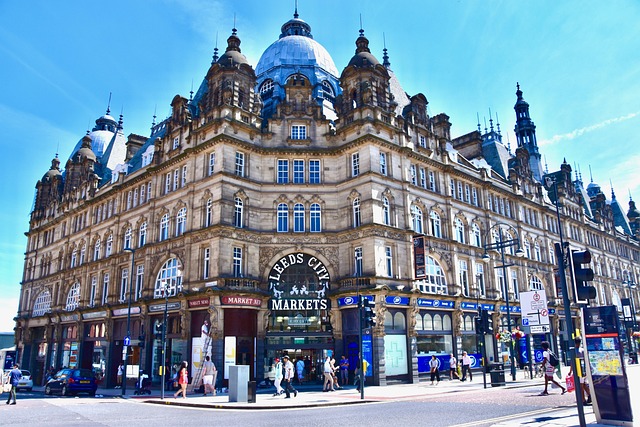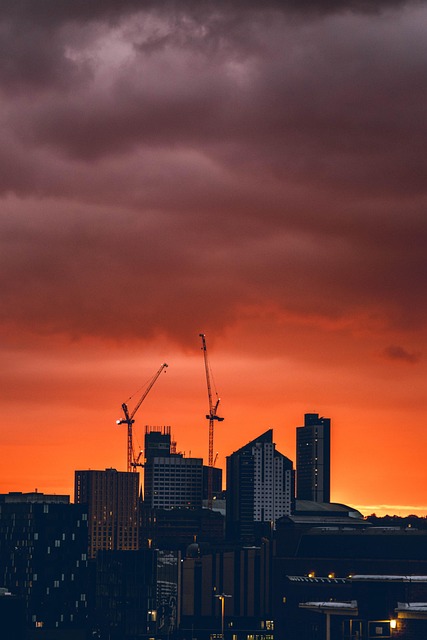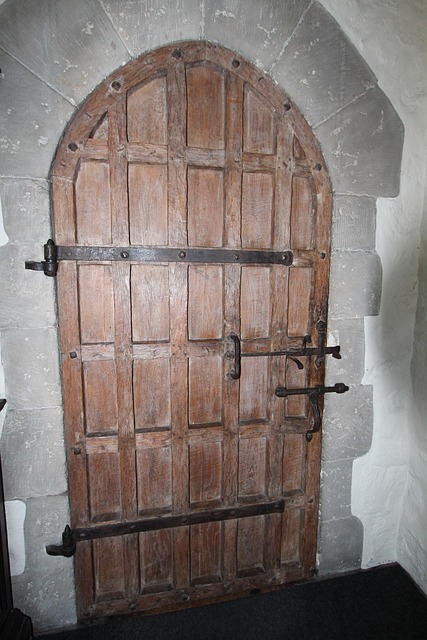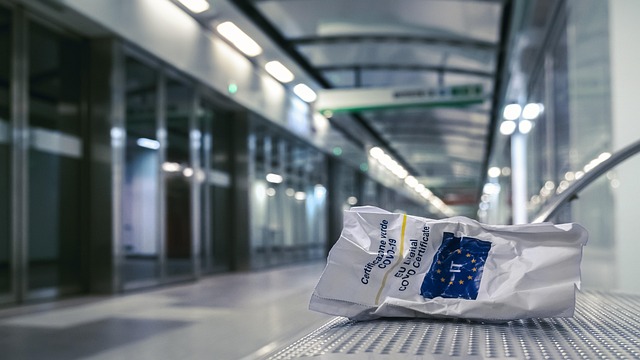Integrating sustainability into real estate development is becoming a necessity driven by environmental urgency and market demand. Innovative design, eco-friendly materials, and energy-efficient systems create buildings with minimal ecological footprints. Green building practices like natural lighting, renewable energy, and water conservation attract conscious tenants and investors, strengthening the real estate market. Smart technology optimizes resources, reduces costs, and improves tenant comfort. LEED certification, a key component of green building design, promotes sustainability, reduces operating costs, and increases property values, reflecting growing demand for eco-friendly living spaces among tenants and buyers. Real estate investors recognize strategic advantages of green buildings for mitigating environmental impact and achieving financial returns.
“Discovering Leadership in Energy & Environmental Design (LEED): Revolutionizing Real Estate. In today’s eco-conscious world, sustainable practices are reshaping the real estate landscape. This article explores how LEED certification is driving innovation in green building design. We delve into its impact on property value and discuss strategies for integrating sustainability into real estate development. From energy efficiency to environmental stewardship, learn how LEED is not just a rating system but a catalyst for a greener future in real estate.”
Integrating Sustainability into Real Estate Development

Integrating sustainability into real estate development is no longer an optional consideration but a necessity, driven by both environmental urgency and market demand. As the world grapples with climate change, developers are increasingly recognizing the long-term benefits of creating buildings that minimize their ecological footprint. This shift towards sustainability involves embracing innovative design strategies, utilizing eco-friendly materials, and implementing energy-efficient systems from concept to completion.
By prioritizing green building practices, real estate developers can contribute significantly to a more sustainable future. This includes incorporating natural lighting and ventilation, integrating renewable energy sources, and promoting water conservation measures. Moreover, leveraging smart technology enables buildings to optimize resource use, reduce operational costs, and enhance tenant comfort and health. Ultimately, integrating sustainability not only benefits the environment but also attracts environmentally conscious tenants and investors, solidifying a more robust and resilient real estate market.
The Impact of Green Building Design on Property Value

Green building design, a key aspect of Leadership in Energy & Environmental Design (LEED), is transforming the real estate landscape. This approach to construction prioritizes sustainability and environmental efficiency, impacting property value significantly. Incorporating eco-friendly features like energy-efficient systems, renewable materials, and optimal natural lighting not only reduces operating costs for owners but also enhances the overall appeal of properties.
Studies have shown that buildings certified by LEED command higher rents and selling prices compared to their conventional counterparts. This increase in value is a testament to the growing demand for sustainable living spaces among both tenants and buyers. As the world becomes more conscious of environmental issues, real estate investors are recognizing the long-term benefits of green building design, making it a strategic choice not just for reducing carbon footprints but also for maximizing financial returns.
Leadership in Energy & Environmental Design: A Real Estate Revolution

Leadership in Energy & Environmental Design (LEED) is ushering in a new era in the real estate industry, revolutionizing how we construct and inhabit buildings. This internationally recognized certification system encourages and rewards environmental sustainability in new and existing structures. By setting a global standard for green building design, operation, and construction, LEED empowers developers, architects, and tenants to create spaces that are not only energy-efficient but also healthier and more productive.
In the competitive real estate market, LEED has emerged as a powerful differentiator, attracting environmentally conscious tenants and investors. The certification process involves rigorous criteria that assess a building’s impact on the surrounding environment, water usage, energy efficiency, materials selection, and indoor air quality. Buildings that achieve LEED status can expect to see reduced operating costs, increased occupancy rates, and enhanced brand reputation, marking a significant shift towards sustainability in the industry.






